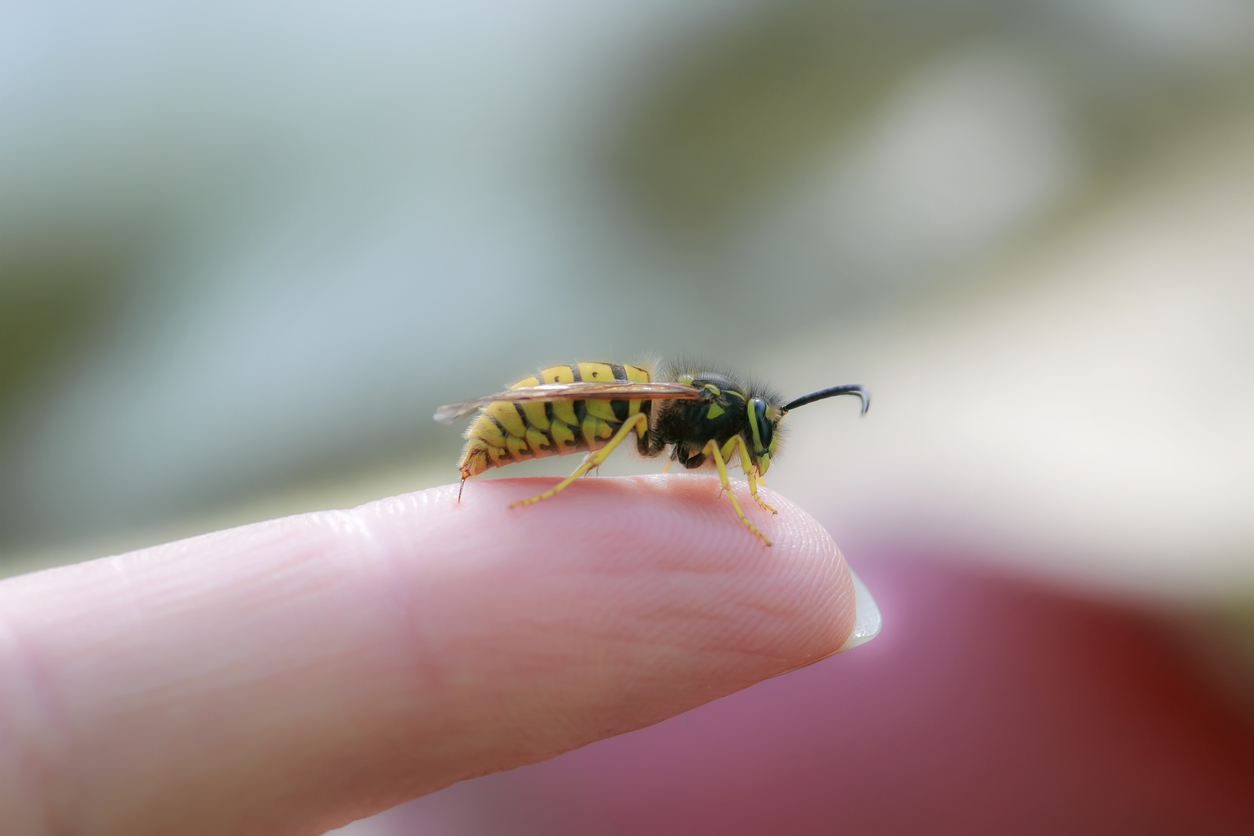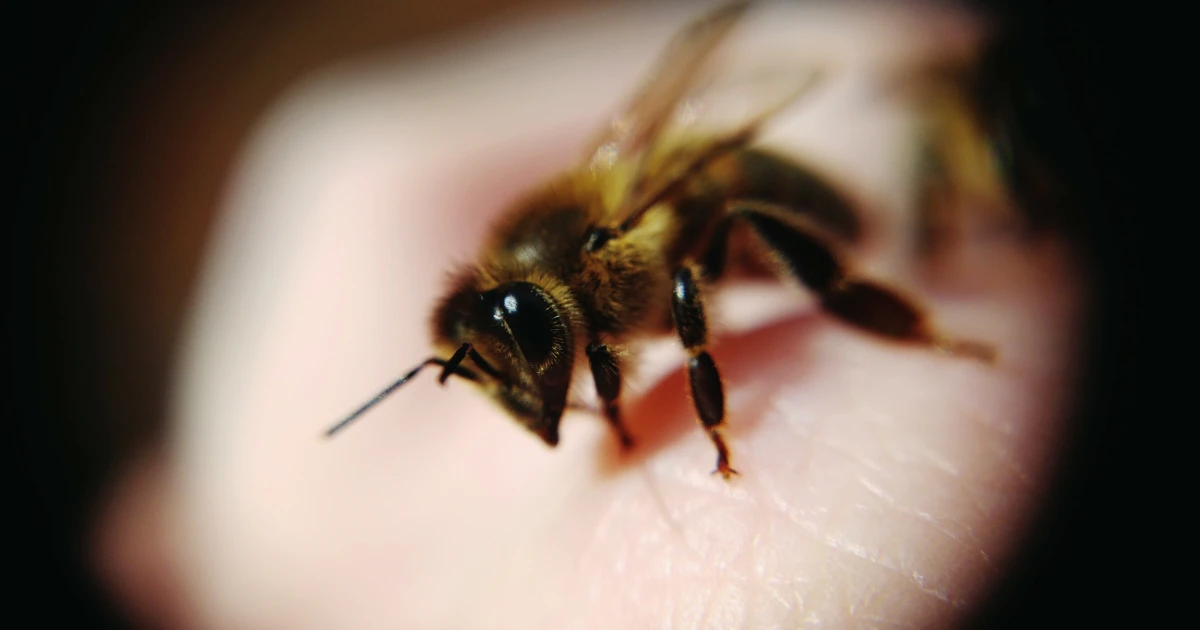As the weather warms and flowers bloom, bees emerge from their winter dormancy, playing a crucial role in pollinating plants and supporting our ecosystem. However, with their emergence comes the possibility of bee stings, which can range from mildly uncomfortable to severely allergic reactions.

What Happens When You’re Stung by a Bee?
With over 20,000 bee species worldwide, not all bees sting. However, honeybees, carpenter bees, and bumblebees are among those that can. Dr. Payel Gupta, an allergy and immunology physician, explains that the most immediate sign of a bee sting is a sharp, burning pain at the point of contact. This is followed by swelling, redness, itching, and a warm sensation around the sting area. A small white spot may appear where the stinger punctured the skin.
Honeybee stings are unique because they leave behind a barbed stinger, which becomes visible once the initial swelling subsides. In contrast, other bee species do not leave their stingers behind.
Duration and Healing Process of a Bee Sting
The duration of bee sting symptoms varies. Most people will find that the sharp pain subsides within a few hours, though swelling and redness may persist for a few days. According to WebMD, the wound from a bee sting typically takes seven to ten days to fully heal.
Dr. Gupta emphasizes the importance of not scratching or rubbing the affected area, as this can exacerbate swelling and prolong the healing process. The severity of swelling and redness will largely determine how long the symptoms last.
Recognizing and Responding to Severe Reactions
While most people only experience mild discomfort from bee stings, approximately 2 million Americans suffer from allergic reactions, according to Boston Children’s Hospital. An allergic reaction to a bee sting can lead to anaphylaxis, a potentially life-threatening condition. The Mayo Clinic lists symptoms of an anaphylactic reaction as including:
- Hives spreading beyond the sting site
- Swelling of the face, tongue, lips, and eyes
- Difficulty breathing
- Tightness in the chest
- Shortness of breath
- Fainting
Anaphylaxis can occur within seconds to minutes of being stung and requires immediate medical attention. If you or someone else exhibits these symptoms, call 911 without delay.

While bee stings are a natural part of spending time outdoors during warmer months, understanding how to identify and respond to them can help mitigate discomfort and prevent severe reactions. Most importantly, recognizing the signs of anaphylaxis and seeking prompt medical care can save lives.
